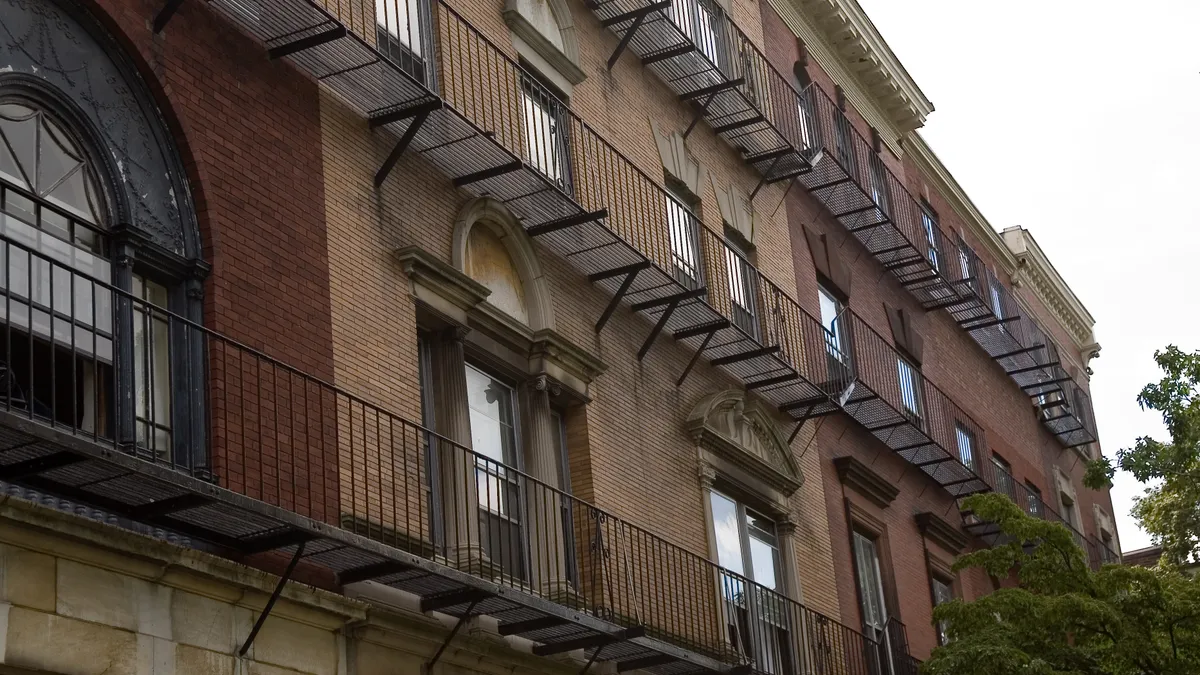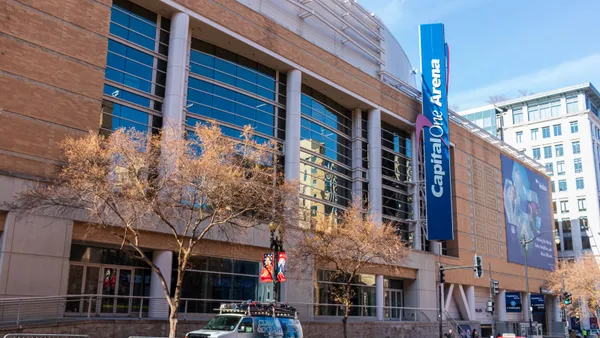Dive Brief:
-
The number and share of American households that are renting is at its highest level since 1965, according to the Pew Research Center.
-
Looking at Census Bureau data, Pew found that the share of renter households increased from 31.2% in 2006 to 36.6% in 2016. In 1965, 37% of households rented.
-
Whites and middle-aged adults, who are typically less likely to rent, are also renting in greater numbers. The number of renters has increased across all education levels. However, people under the age of 35 remain the most likely renters.
Dive Insight:
Renter households may be on the rise, but today's trend comes from a unique mix of post-recession economics. The Associated Press found that the prevalence of foreclosures in the last decade, as well as the millennial generation entering the job market, have together generated strong, new demand for rental properties — particularly around urban cores with healthy job markets.
Not all renters want to live in amenity-rich buildings in city centers, however. Just as the foreclosure crisis drove many former owners into the rental market, so, too, did it open new, low-cost housing inventory to investors. Private equity firms like the Blackstone Group’s Invitation Homes and American Homes 4 Rent have been snapping up such homes and returning them to the market as rentals.
Meanwhile, RentCafe found that the suburbs are seeing faster growth in renter headcount than their urban counterparts. All but one of 20 major U.S. metros saw stronger renter gains in the suburbs from 2011 to 2015. A separate Zillow survey found that nearly half of millennials already live in suburbs.
One driver of that shift is the typically lower rent outside major cities. Another is that the suburbs are often where buyers look for single-family home purchases. Single-family investors like AHV Communities are aware of that trend. In response, the company has taken up building large-scale communities in the greater metro areas of a few Texas cities, with plans to expand to other, similar markets with prominent higher-education institutions, strong sports and entertainment options, and vibrant local economies. The business hopes to attract young would-be buyers deterred by the current high-price environment with proximity to good school districts and the extra space owners are typically seeking.
Of course, multifamily developers are doubling down on amenities to attract renters that want to live in cities — in particular, younger, high-earning households. Those features include business centers, common rooms, yoga studios and car-charging stations.














